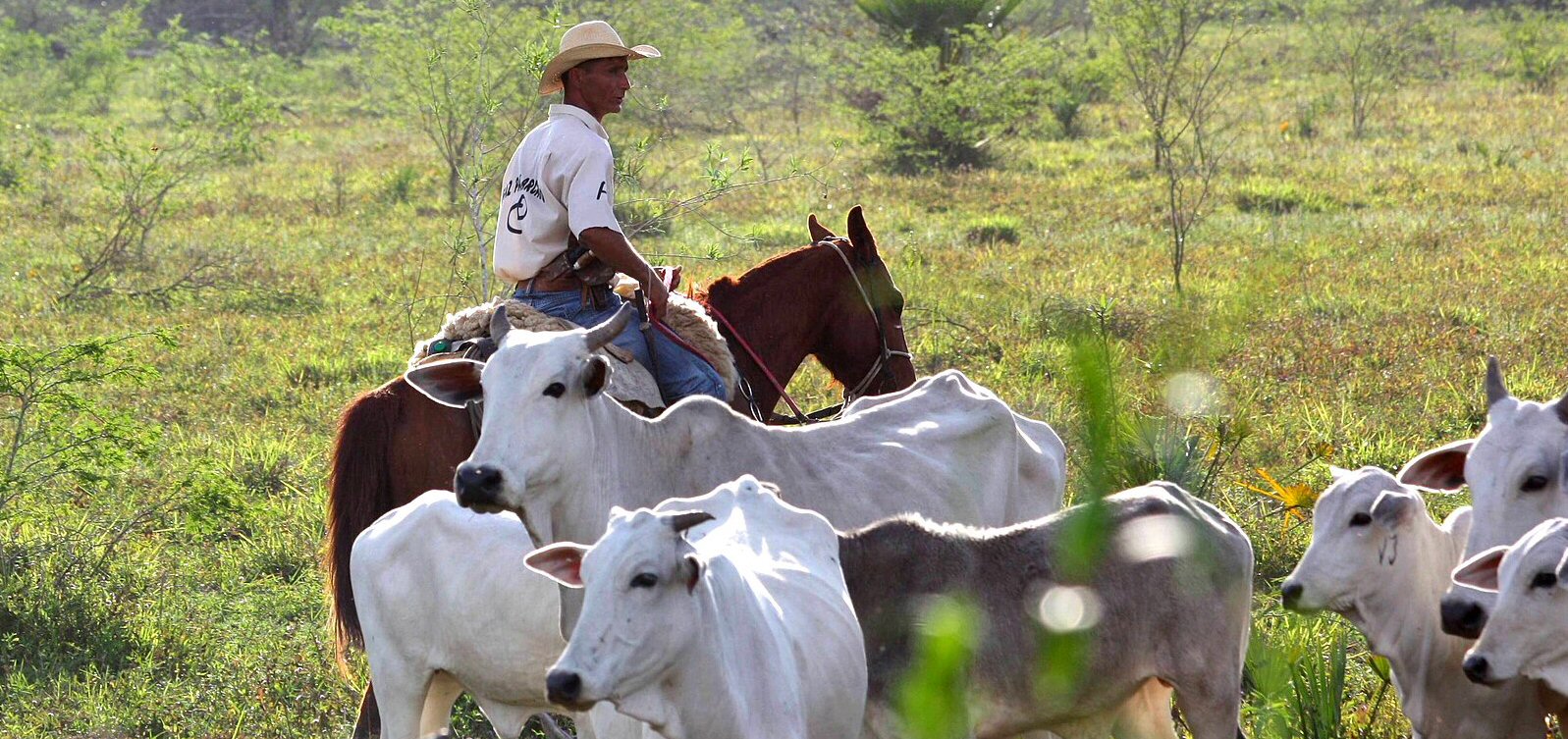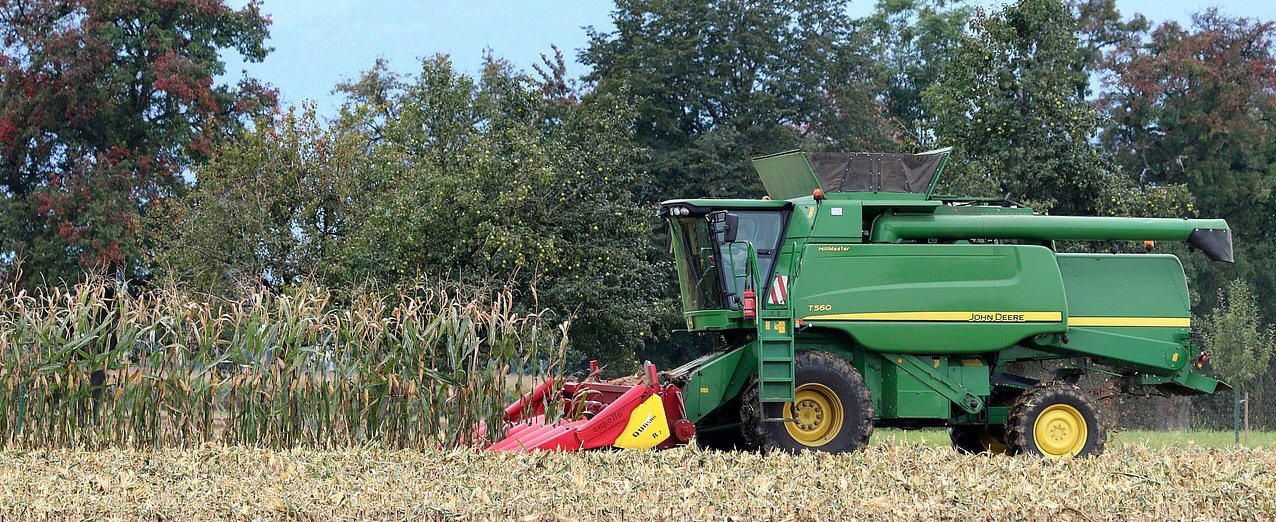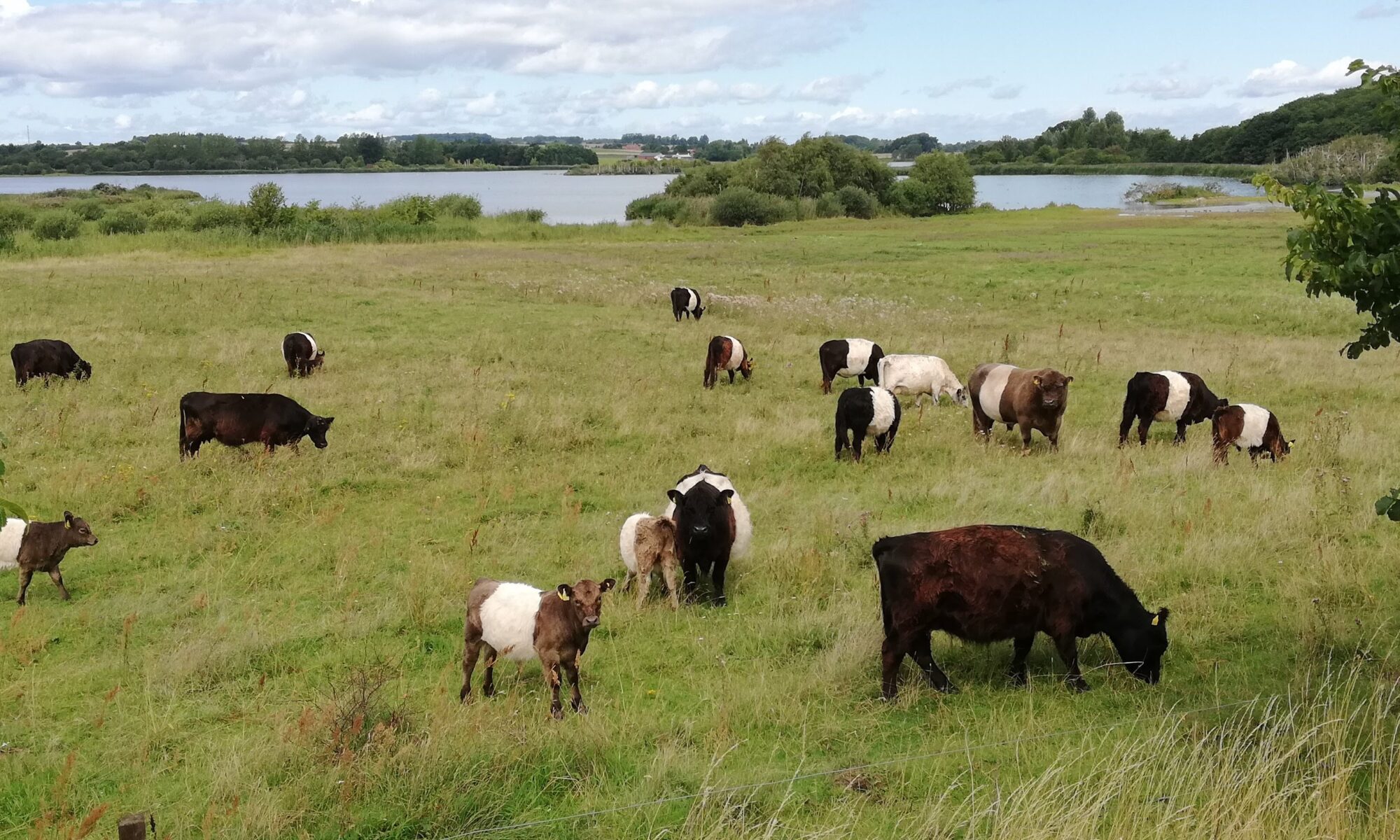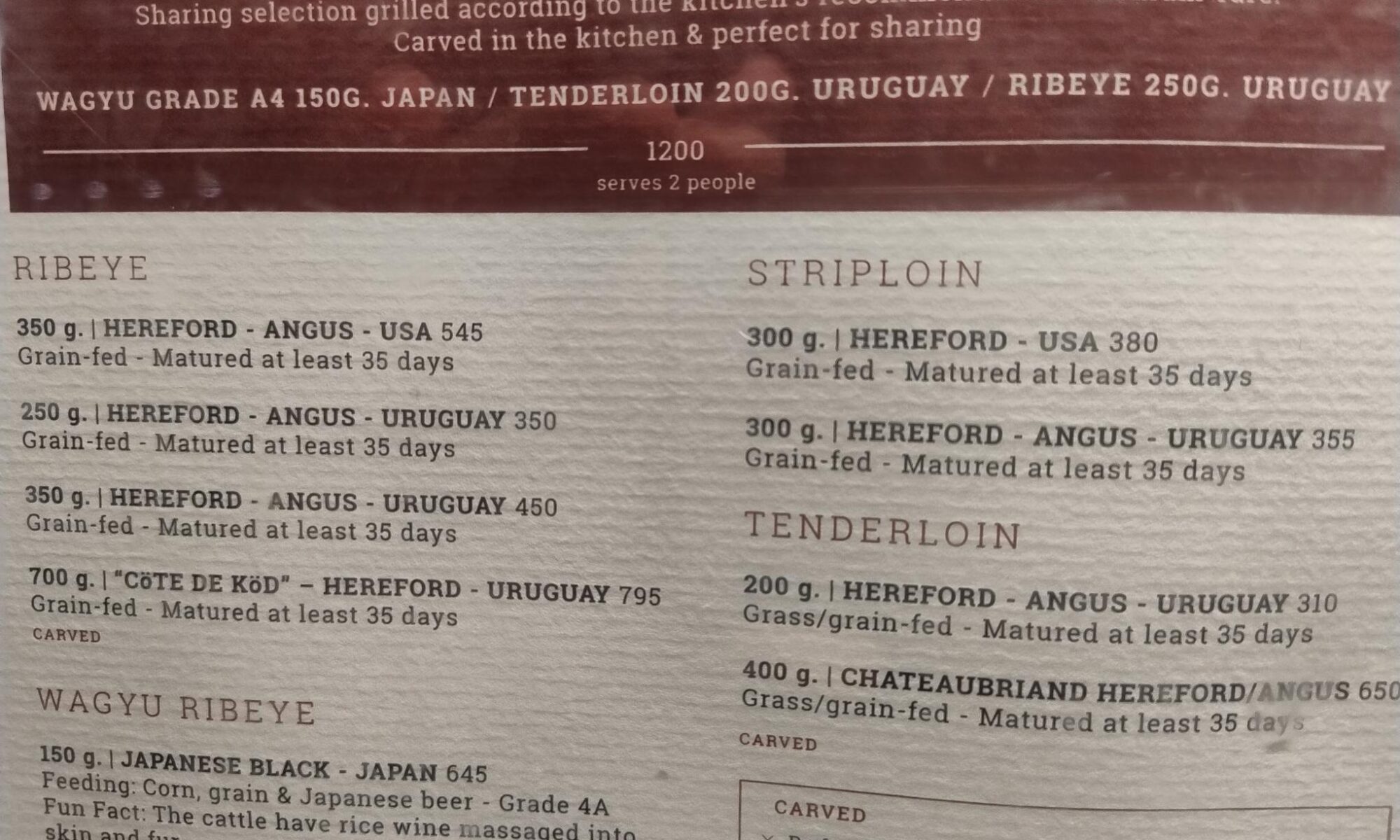Weak political leadership in Europe looks likely to doom the EU-Mercosur free trade agreement in a vote among EU Member States later this week. Denmark, as current Council President, has indicated it intends to schedule a vote at Ambassador level (COREPER II) to take place either Thursday or Friday this week. To be approved, the Agreement must gain the support of 55% of Member States (currently, 15 out of 27) representing at least 65% of the EU population. The Agreement can be blocked by a blocking minority which requires at least 4 countries representing at least 35% of the EU population.… Read the rest
LULUCF targets off-course
The EEA recently published updated projections for LULUCF emissions and removals by Member State to 2030 and 2050. It is not good news. Although the fall in the LULUCF sink appears to have been halted over the past six years, the EU27 net sink in 2023 was just 198MtCO2e and estimated at 212MtCO2e in 2024. This compares to the 2016-2018 average of 268MtCO2e and the 2030 target of 310MtCO2e set in the LULUCF Regulation (Figure 1).
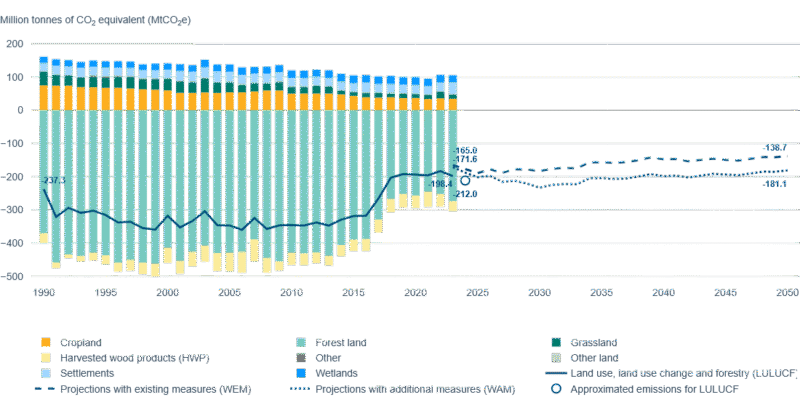
Source: EEA, 2025.
The projections show that, with existing measures (the WEM scenario), the EU27 net sink is projected to be 183Mt CO2e in 2030 (all subsequent figures are in CO2e units).… Read the rest
The role of capital in agricultural productivity growth
Discussions on the future competitiveness of European agriculture often return to the role of capital. Investment in modern equipment, digital technologies, and precision farming systems is widely regarded as essential to sustain productivity growth and to meet new environmental and market challenges. While the Draghi report on EU competitiveness did not directly address the agriculture and food sector, questions are increasingly asked about whether the current pace and composition of investment are adequate, and whether capital is being used efficiently within the sector. These questions are particularly relevant as structural change continues, with a declining labour force and a growing reliance on technological and digital solutions.… Read the rest
Understanding the structure of EU agriculture
Agricultural structure data represent the crown jewels of agricultural policymaking. For researchers and policymakers alike, the Farm Structure Survey and Agricultural Census are a rich and detailed source for understanding how Europe’s farms operate and evolve. They provide indispensable insights into the dynamics of land use, labour, and production systems, informing strategies for food security, generational renewal, environmental stewardship, and rural development.
In this post, I look at how agricultural structure data are used to track changes in the structure of agricultural holdings over time. I focus in particular on the statistical coverage of the data, the population of holdings that are included.… Read the rest
Further reflections on CAP governance and budget
This post has been revised to take account of the important role that the proposed ‘flexibility amount’ will play in influencing the scope that Member States will have to top up their minimum CAP ring-fenced amounts when preparing the CAP chapter of their National Plans. Its significance is such that it changes the tenor and conclusions of the original post. I am particularly grateful to Elsa Régnier for drawing this issue to my attention.
IDDRI, the Institut du développement durable et des relations internationals, has published a policy brief on the European Financial Framework 2028-2034: Key issues for the agricultural sector written by Elsa Régnier, Aurélie Catallo, and Pierre-Marie Aubert.… Read the rest
Relevant data on CAP implementation no longer published
Please note that DG AGRI have now (22 October 2025) published a CAP Performance Tables Excel file containing details for all interventions by Member States on the number of beneficiaries, area covered and expenditure for the 2023-2024 year for the CAP Strategic Plans. It is planned to load these data into the PMEF Data Explorer in the DG AGRI Agri-food Data Portal in due course. These tables provide the data that I was looking for in this post.
DG AGRI published its first status report on the implementation of country CAP Strategic Plans for the year 2023-2024 in June 2025. The report is based on the Annual Performance Reports that Member States must submit to the Commission by 15 February for the financial year ending the previous 15 October.… Read the rest
European Parliament votes on CAP simplification and strengthening farmers’ position in the food supply chain
The European Parliament voted today to determine its position on two amending pieces of legislation proposed by the Commission that can significantly modify rules for Member States and farmers in the remaining years of the current CAP. One is the Omnibus Simplification Regulation COM (2025) 236 amending the CAP Strategic Plans Regulation 2021/2115 and the Common Market Organisation (CMO) Regulation 1308/2013, while the other is the proposal COM (2024) 577 to amend the CMO Regulation and some aspects of the Strategic Plans Regulation to strengthen farmers’ position in the food supply chain.
The context for these two proposals is, firstly, the general shift in Commission priorities to boost competitiveness, innovation and growth in the wake of the Draghi report.… Read the rest
The EU-Mercosur Partnership Agreement will have a minimal effect on the EU beef market and should be ratified
The European Commission finally put forward the EU-Mercosur Partnership Agreement concluded in December 2024 for ratification on 3 September 2025. The Commission adopted proposals for Council decisions on the signature and conclusion of two parallel legal instruments: the EU-Mercosur Partnership Agreement (EMPA) and the interim Trade Agreement (iTA). The iTA will be repealed and replaced by the EMPA once the latter is fully ratified and enters into force.
Livestock farmers continue to protest and to mobilise against ratification of the Agreement, arguing that it will open the EU market to a flood of South American imports and decimate the EU beef sector. But for beef and poultry, the tariff concessions are limited to relatively small increases in tariff rate quotas.… Read the rest
Strategic planning in the new CAP
The CAP Strategic Plans Regulation (EU) 2021/2115 established the governance and strategic planning framework for the Common Agricultural Policy (CAP) for the 2023–2027 period. It operationalised the “new delivery model”, granting Member States significant autonomy in designing and implementing CAP Strategic Plans, with the European Commission exercising oversight primarily through ex post performance clearance and conformity checks.
The Commission’s proposal COM(2025) 545 for a Budget Performance and Tracking Regulation (Performance Regulation) would replace 2021/2115 and embed the CAP within a horizontal EU-wide budgetary governance framework. This framework extends beyond agriculture, applying uniform rules for performance tracking, indicator use, data reporting, and transparency across all EU budget expenditure.… Read the rest
How big will the CAP budget be in the next MFF?
The answer to this question is of course that we cannot know for certain at this stage. Under the Commission proposal the CAP will be merged into the proposed National and Regional Partnership Fund (NRPF) along with all other shared management funds where currently Member States receive pre-allocated amounts. Under the new arrangement, there would be only one pre-allocated envelope for Member States. There is a minimum ring-fenced amount for what is now referred to as CAP income support interventions (plus some fisheries support) of €295.7 billion. But the final amount allocated to CAP interventions will depend on how Member States allocate their NRPF resources in their NRP Plans.… Read the rest

